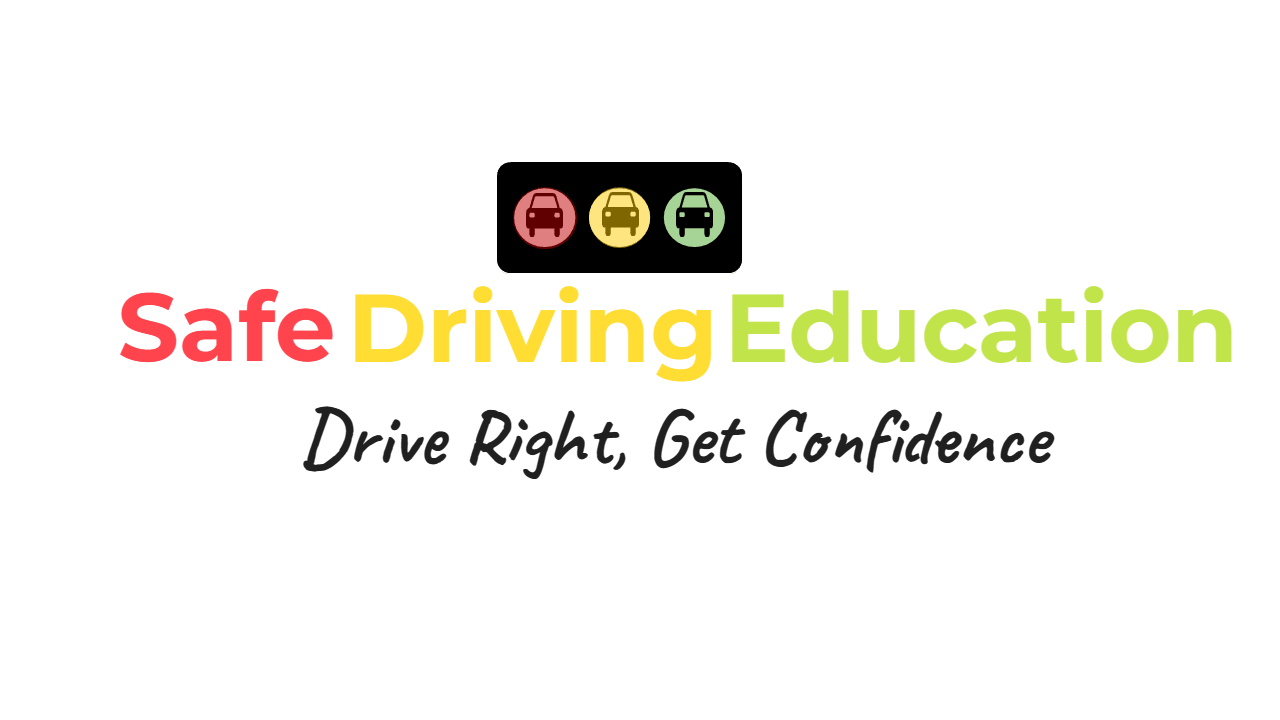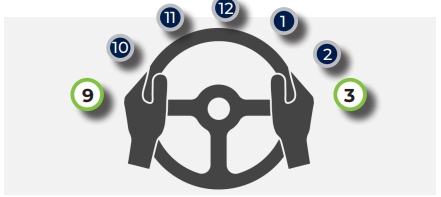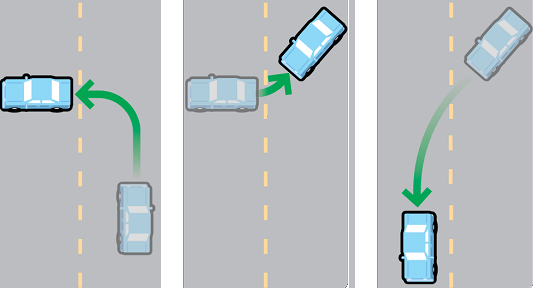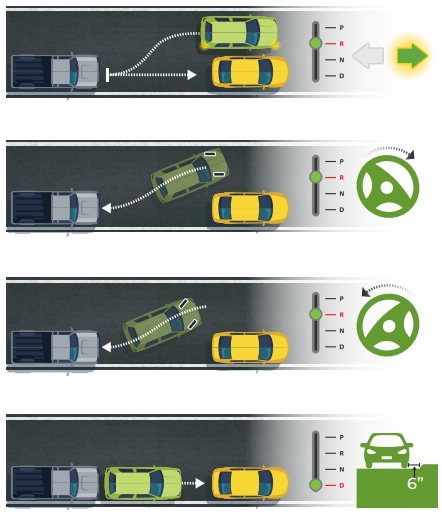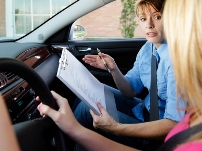Our Blog

Driving Signals
A motorist should always give a proper signal when turning, changing lanes, stopping, or slowing down. A motorist should always use the vehicle’s turn signals. A motorist should put on the turn signal at least 100 feet before turning and be sure to cancel the signal after making a turn. Not doing so could mislead other motorists. (N.J.S.A. 39:4-126)
New Jersey law requires a motorist to know the correct hand signals for stopping and turning, which are standard in all states. To give a hand signal, a motorist should put his/her arm well out of the vehicle so that it is visible to other motorists.
• Stop or slowing down: hand and arm downward, palm facing to the rear.
• Right turn: hand and arm upward.
• Left turn: hand and arm straight out.
Another signal is the horn, which is a warning signal. It calls attention to what the motorist is doing. Motorists may sound the horn when passing another vehicle when not in a business or residential zone. Under normal conditions, the horn should be able to be heard for at least 200 feet. (N.J.S.A. 39:3-69) Only emergency vehicles may use sirens, whistles, or bells.
Bicyclists, skateboarders, and inline skaters also use the hand signals noted above. In addition, instead of extending the left hand and arm upward to indicate a right turn, bicyclists, skateboarders, and inline skaters may extend the right hand and arm straight out to indicate a right turn.
